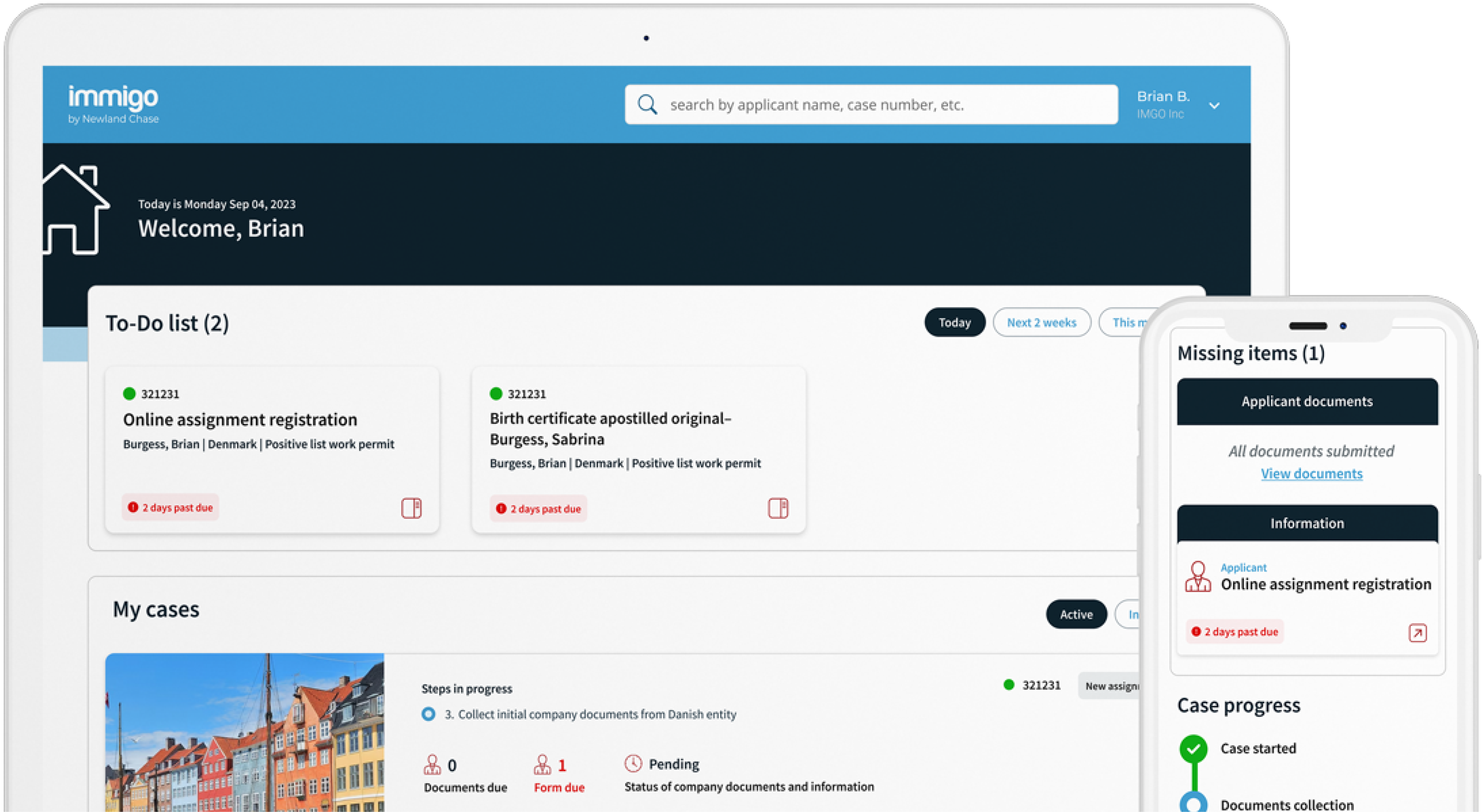Get The Visibility Your Company Needs
Reduce compliance risks and mobility costs while managing individual and project-related travel with ImmiSMART: the solution that unifies your travel and mobility programs.
Reports of the Death of NAFTA Greatly Exaggerated
September 6, 2018
Where Are We Now in Corporate Mobility?
By Kent O’Neil
When news first hit last week of a U.S.-Mexico-only trade deal – and given President Donald Trump’s bombastic and somewhat awkward roll-out of the news – one would have concluded that the North American Free Trade Agreement (NAFTA) was dead and the funeral was scheduled for some time last weekend. But as Twain quipped… “The reports of my death are greatly exaggerated.”
A truer word picture might be that NAFTA remains on the operating table… with the U.S.-Mexico portion of the surgery being sutured and surgeons (my apologies to any physicians reading this blog) now turning to the U.S.-Canada and Canada-Mexico site. And contrary to President Trump’s seemingly nonchalant posture that Canada is somehow a dispensable organ in the surgery… there appears to be much motivation for both the United States and Canada to finish a deal regardless of whether he calls it a renegotiated NAFTA or the “Huge Trump Makes North America Great Again Free-But-Fair U.S.-Mexico-Canada Trade Deal”.
Last week, the rhetoric seemed to suggest that the trade deal was done… with the U.S. and Mexico the only participants and Canada left in the cold. However, when the Trump administration issued its required notice to Congress Friday to start the clock ticking on the necessary 90-days in order to have a signed deal before Mexican President Nieto leaves office, they notified Congress of an intent to sign a deal with Mexico in 90 days… “and Canada, if it is willing”. U.S. and Canada negotiations resumed again this week on Wednesday. So rhetoric aside… it appears that the patient is far from dead, a trilateral NAFTA involving the U.S., Mexico, and Canada is still in surgery… and we in the international business and global mobility arenas find ourselves still in the waiting room.
What Would It Take for the U.S. to Drop NAFTA, Deal with Mexico, and Dis Canada?
In reality, the process of replacing NAFTA with a single agreement with Mexico is far more complicated than simply calling your Presidential counterpart on speaker phone and announcing to him and the media at the same time that a brand-new, huge, best-ever deal has been struck. In order for the U.S. to adopt the new U.S.-Mexico trade deal into law, here’s the process that lies ahead:
- Thirty days from now (1 October), the Trump administration would submit a text of the trade agreement with Mexico (excluding Canada?);
- Ninety days from now (29 November), President Trump and President Nieto sign a trade agreement, with Canada apparently out of the deal;
- One-hundred twenty days from now (28 January), the administration submits a list of the required changes to law to implement the deal;
- Two-hundred twenty-five days from now (13 May), the U.S. International Trade Commission issues its report on the economic impacts of the agreement;
- Over the next month (no sooner than 12 June), the final implementing legislation is prepared;
- Over the next three months (or longer), the House and Senate committees report on the implementing legislation and both houses vote on the bill (a minimum of 90 days);
- Sometime in the autumn of 2019 (no sooner than mid-September 2019), President Trump signs the implementation bill, making the new trade agreement law in the United States.
Bottom line? No actual substantive changes will take place before October 2019. And that is just to adopt the new deal with Mexico. Presumably those provisions would pre-empt and modify the parts of NAFTA between the U.S. and Mexico that were discussed. But what about everything else? Like the provisions of NAFTA between the U.S. and Mexico that haven’t been renegotiated and agreed? Like all of the agreements between the U.S. and Canada? NAFTA, and the provisions governing all other issues… including all provisions between the U.S. and Canada… remain in place. Not to mention all of the U.S. laws that have been enacted by Congress over the last 25 years in order to implement NAFTA… and all of the administrative regulations promulgated by various government agencies over the last 25 years under that legislation… are also all still in place.
Note also that at least until 1 October, Canada could be included as a third party to the current agreement between the U.S. and Mexico. And at any point… the U.S. and Canada could simply agree to an additional deal and start the above process in motion toward implementing that deal. Either way, the U.S. Congress’ clear preference is for deals including both Mexico and Canada. And contrary to the President’s public posturing… the preference of the administration is also deal(s) including both Mexico and Canada.
So… what would it take for the U.S. to actually withdraw from NAFTA? President Trump would send a letter to the governments of Canada and Mexico (on official letterhead, of course) “To Whom It May Concern: We withdraw from NAFTA. Very truly yours, Donald J. Trump, President”. Six months later… the U.S. would officially no longer be part of NAFTA. Almost as easy as tweeting.
However… all of the thousands of U.S. laws implementing the actual provisions of NAFTA would still be in place… governing trade, taxes, foreign investment, tariffs, shipping, transportation, agriculture, environment, infrastructure, dispute resolution, intellectual property… and immigration. Where those implementing laws were administrative and under the purview of the Executive branch, the President could sign thousands of Executive Orders changing or repealing the regulations. But many of the laws were implemented by Acts of Congress. As Acts of Congress, they would have to be repealed and replaced by other Acts of Congress through the legislative process – committees, debates, votes, compromises, more committees, reconciliations, passage by the House and the Senate, and finally signature by the President. And until that process is completed… the old NAFTA-inspired rules would remain.
With an already deeply divided Congress… recent struggles to enact even seemingly non-controversial legislation… odds-makers now giving the Democrats more than a 50-50 shot at retaking the House of Representatives… and many Republicans objecting even to the thought of withdrawing from NAFTA… unwinding NAFTA would be an almost impossible undertaking. So contrary to the impression you may have gotten last week… not much is going to change – good or bad (depending on your point of view) – anytime soon. When it comes to NAFTA, I’d bet this month’s pay check on “status quo” with only relatively minor (and mostly reasonable) refinements to win for at least the next 18 months. (Trade relations with China… now that’s another story.)
What About NAFTA Visas and Other Immigration Provisions?
For those of us in the global mobility industry… our concerns are two-fold. Firstly, and most directly, we are watching these developments with concern for our clients’ business interests that might be affected by any changes in trade that a renegotiated NAFTA might bring. Secondly, NAFTA forms the basis for some immigration regulations granting access to the U.S. labour market: namely, Treaty National (TN) Visas for professionals, permissible activities for business visitors, Intracompany Transfers (ICTs), and traders and investors.
In all of the negotiations over the last year regarding NAFTA, the provisions dealing with immigration appear to have never been on the table… and appear to not now be included in the current proposed agreement between the U.S. and Mexico. And even if they were included… eliminating or changing visas based on NAFTA would face all of the uphill hurdles I mentioned above. The only caveat to that is the fact that those immigration rules were for the most part created by administrative regulation, rather than by statute… and would not require an Act of Congress to amend, though Congress could step in and re-implement them in the event of an Executive Order eliminating them. However, even the possibility of an Executive Order removing NAFTA visas seems remote at best over the next 18 months. And so it’s business as usual as we wait and see.
Stay Tuned for More…
If there is one redeeming quality to this modern, chaotic world seemingly filled with constant change, sometimes questionable information, and occasional hyperbolic rhetoric… we are being taught to rely only on quality information and wise judgment before making any long-term business decisions. While it would be naïve to say we have it all figured out… our hundreds of dedicated Newland Chase professionals in the global mobility field have a pretty good handle on what’s happening in corporate immigration and business travel in North America and around the world.
No doubt… something will happen (tomorrow after I’ve posted this) to change some aspect what I’ve discussed in this week’s blog. So all I can offer is our best sage advice and pledge to continue to monitor the developments surrounding NAFTA and the implications for the global mobility of your business and employees. Stay tuned. For those wanting more detailed information, you are encouraged to reach out to your Newland Chase immigration specialists. Readers are also referred to additional online resources and information on our website at https://blog.newlandchase.com/. General enquiries can emailed to [email protected].
This blog is informational only and is not intended as a substitute for legal advice based on the specific circumstances of a matter. Readers are reminded that immigration laws are fluid and can change at a moment’s notice without warning or notice. Please reach out to your Newland Chase contact should you require any additional clarification or guidance. Written permission from the copyright owner and any other rights holders must be obtained for any reuse of any content published or provided by Newland Chase that extend beyond fair use or other statutory exemptions. Responsibility for the determination of the copyright status and securing any permissions rests with those persons wishing to reuse this blog or any of its content.



